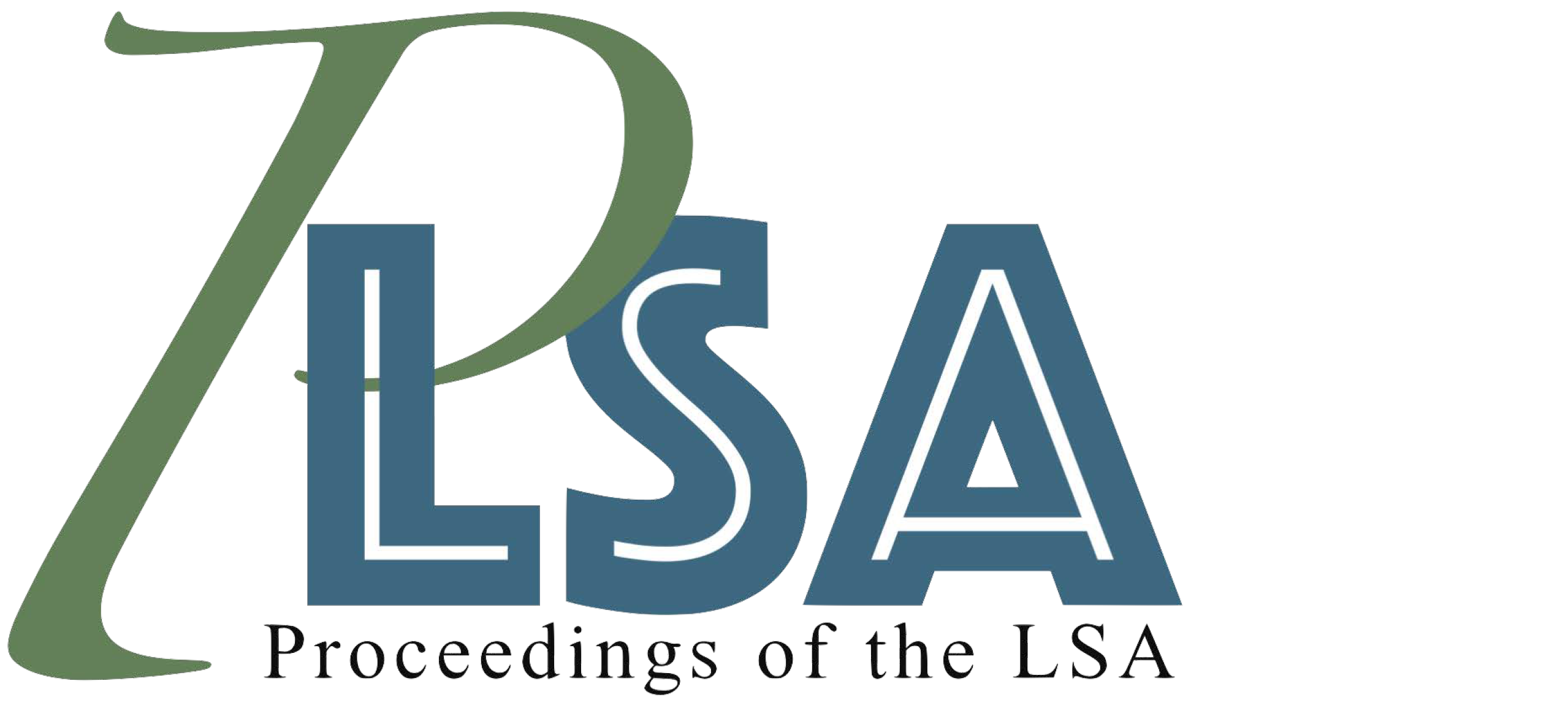A Japanese pitch accent practice program and L1 influence on pitch accent acquisition
DOI:
https://doi.org/10.3765/plsa.v3i1.4276Keywords:
Japanese, pitch accent, L1 influence, transfer, CALLAbstract
Recent research has demonstrated that learners of Japanese struggle producing correct Japanese pitch accent. The goal of the present study was to investigate the effect learners’ first language (L1) may have on accent acquisition following the introduction and use of a digital Japanese Pitch Accent Learning and Practice (PALP) program in two Japanese courses. The PALP program visually and aurally presents learners with pitch patterns and requires learners to select the correct pitch accent pattern for new vocabulary. Participants' pitch accent abilities were assessed at the beginning and end of their courses. A mixed design ANOVA was conducted to analyze the effect of learners' L1 on pitch accent acquisition. Results evince a significant interaction effect between participant group (treatment/control) and L1 (Chinese/English), F(1, 24) = 10.09, p < .01 (η2 = .30). Specifically, English L1 participants in the treatment group considerably outperformed the control group English L1 participants. However, the Chinese L1 participants in both groups performed at approximately equal levels. These results suggest the existence of an L1 influence on pitch accent acquisition.Downloads
Published
2018-03-03
Issue
Section
Articles
License
Published by the LSA with permission of the author(s) under a CC BY 4.0 license.
How to Cite
Peterson, Jeff. 2018. “A Japanese Pitch Accent Practice Program and L1 Influence on Pitch Accent Acquisition”. Proceedings of the Linguistic Society of America 3 (1): 1:1–12. https://doi.org/10.3765/plsa.v3i1.4276.
